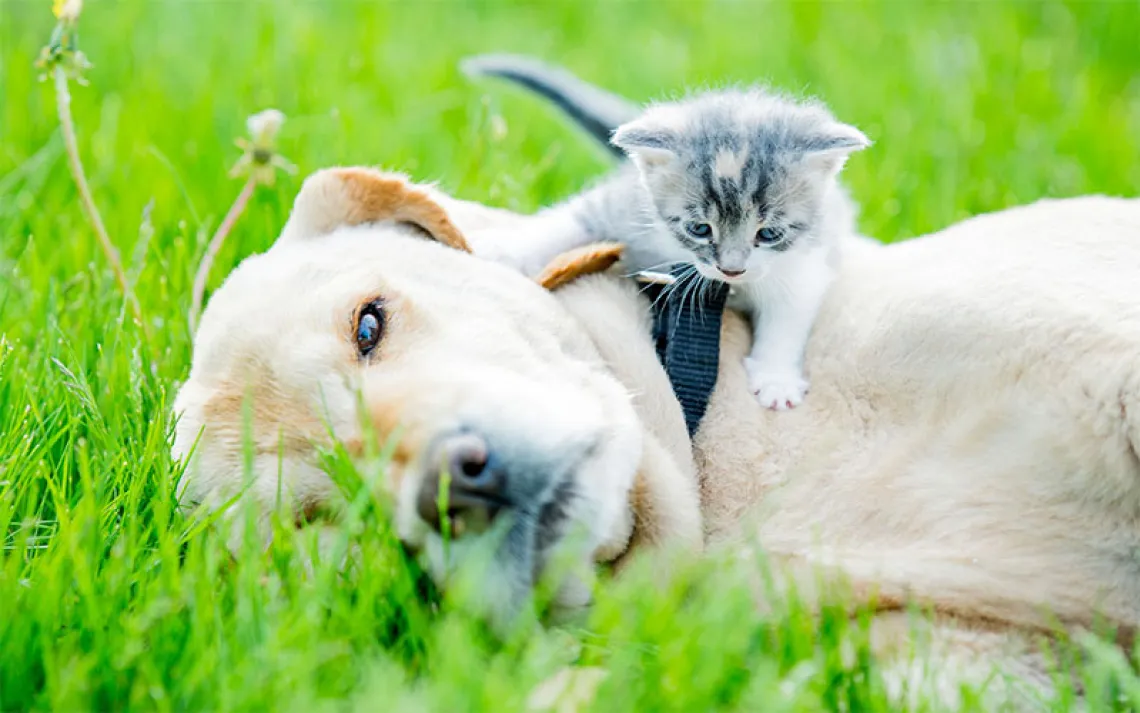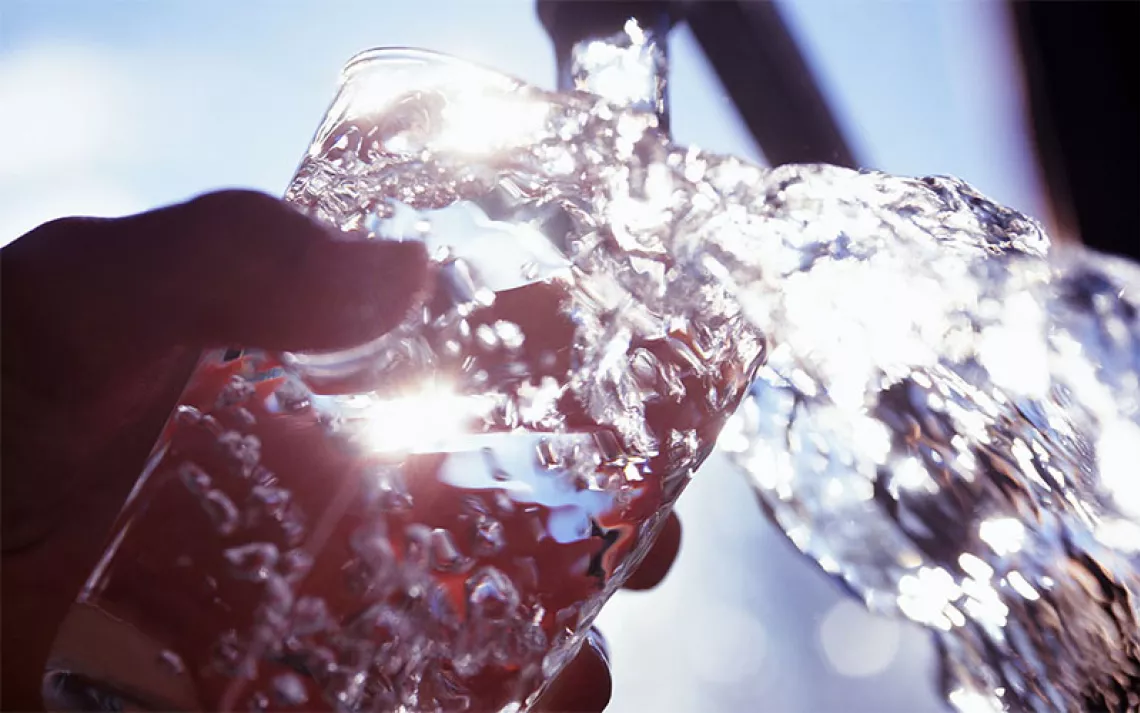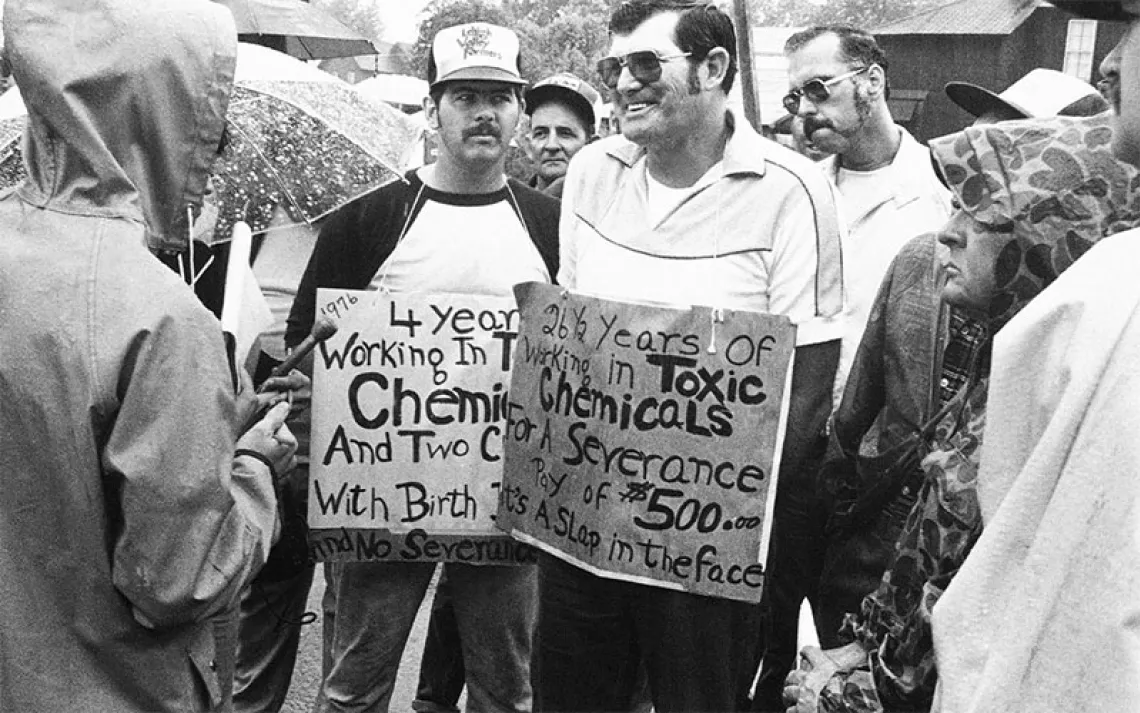What Is the Environmental Impact of Hair Dye?
The answer isn't black and white

Photo by LukyToky/iStock
Hey Mr. Green,
What would be the environmental impact if all men and women stopped coloring their hair?
—Jan in Richmond, Virginia

Sign up to receive Sierra News & Views
Get articles like this one sent directly to your inbox weekly.
With this action you affirm you want to receive Sierra Club communications and may vote on policy designated by the Sierra Club Board.
It’s a good question, with no easy answer. Some 1.43 billion units of hair dye are sold in the United States annually, and 75 percent of women use dye—a significant increase since 1950, when just 7 percent of women dyed their hair (12 percent of men today have used dye). The total amount of dye sold per year is probably around 92,000 tons, which sounds like a lot but is only 0.00067 percent of the 137 million tons of waste we inter in our dumps annually.
Hair dyes are not subject to the same rules as drugs regulated by the Food and Drug Administration; it was only late last year that the FDA finally banned the use of lead acetate from dyes. In the late 1970s, some chemicals were eliminated from dye because they were suspected carcinogens. At the time, studies found an increased rate of bladder cancer in professional hair dyers, as well as an elevated risk for diabetes during pregnancy.
If you're wondering about ecofriendly dyes, check out the Environmental Working Group’s Skin Deep database for green-rated hair color and bleaching options.
 The Magazine of The Sierra Club
The Magazine of The Sierra Club



